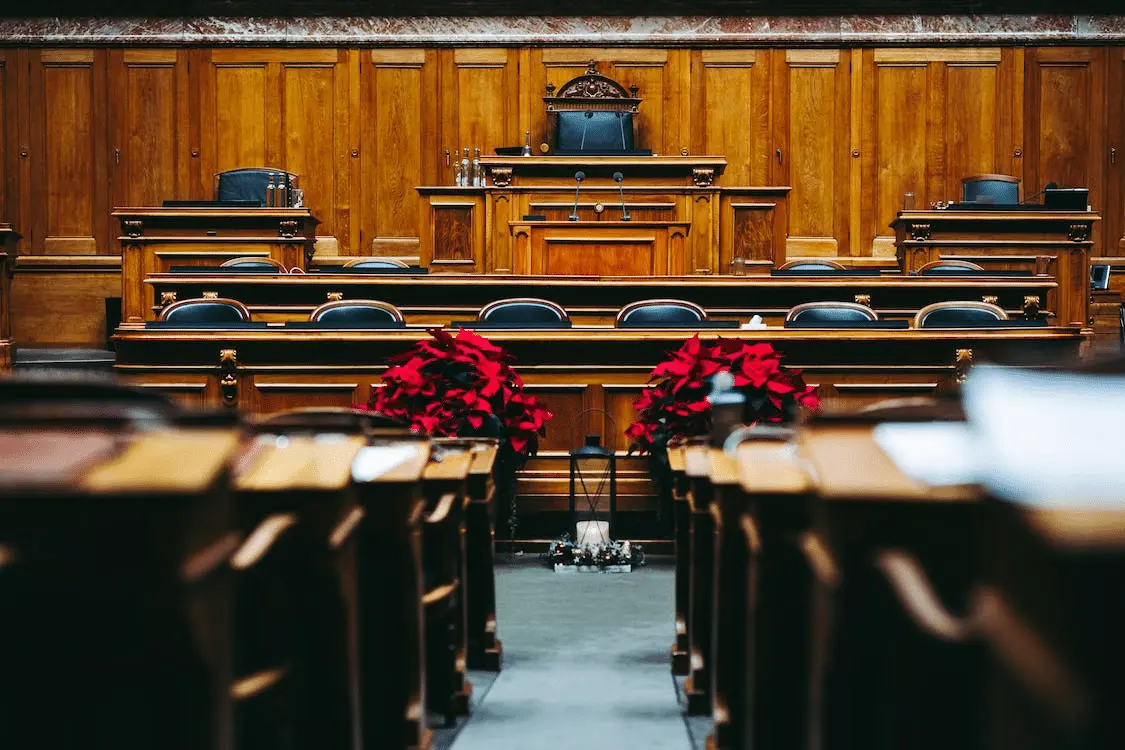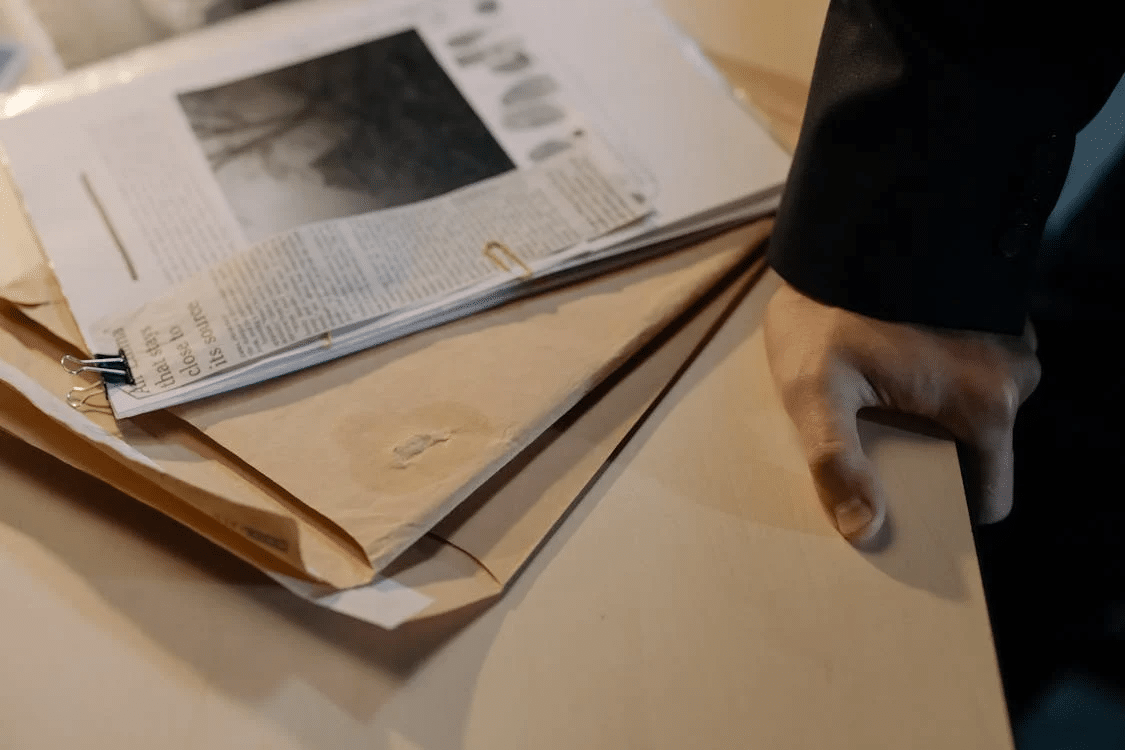Find the Best Hair Straightener Lawsuits Lawyer for Your Case

A hair straightener lawsuit is a legal claim filed by an individual who has suffered injuries or damages as a result of using a hair straightening product. Many lawsuits of this type have recently put companies such as L’Oréal USA and Revlon under fire.
Developments in these cases have gained plenty of traction, most notably U.S. District Judge Mary Rowland’s recent handling of hair relaxer lawsuits. This includes granting design defects, failure to warn, and warranty claims, to name a few.
If you have been harmed by using hair straightening products, you can file a hair relaxer lawsuit through a legal expert’s assistance.
Where Can I Find a Hair Straightener Lawsuit Lawyer?
A lawyer with experience in beauty product litigations can provide invaluable assistance in a hair straightener lawsuit. Their expertise can guide you through the complex legal process, especially against large brands with teams of lawyers at the defense.
Some of the implicated companies in hair straightener lawsuits include:
- Motions
- TCB Naturals
- Olive Oil Girls
- L’Oreal
- Dark and Lovely
Claiming that using hair straightening chemicals can lead to health complications can be difficult without proper legal representation. This is why you need a specialized lawyer to build your case for you.
Here are several strategies to help you find the right lawyer for your hair straightener lawsuit:
Product Liability Legal Specialists
Look for attorneys or law firms that specialize in product liability, particularly those with experience in cosmetics or beauty product litigation.
You can find these specialists through legal directories like Avvo, Martindale-Hubbell, and Justia, which allow for detailed searches based on areas of practice and provide profiles, reviews, and ratings.
Consumer Advocacy Groups
Contact consumer protection organizations and advocacy groups focused on cosmetics and personal care product safety.
These groups often have resources or can offer referrals to legal professionals experienced in handling cases involving harmful products, including hair straighteners.
Class Action Lawsuit Registries

Look into registries of ongoing or past class action lawsuits related to hair straighteners or similar beauty products.
Lawyers leading these actions often have significant experience with cases involving toxic chemicals in consumer products. Even if you’re considering an individual lawsuit, these attorneys could provide valuable guidance or representation.
Medical Community Referrals
Consult with healthcare professionals familiar with the adverse health effects of chemicals in hair straighteners. Medical professionals may know legal experts who have successfully represented clients in similar circumstances and can provide referrals.
Specialized Legal Forums and Publications
Read legal forums, blogs, and publications that focus on product liability, toxic torts, or beauty product litigation. Authors of articles or posts on these topics are often experienced lawyers in the field and can be a good source for finding legal representation.
Know Your Lawyer: For hair straightener lawsuits, it’s best to find a lawyer with extensive experience in product litigations and personal injury cases. If you’re looking for experts to assist you, contact our team at Justice Hero so we can assess your case.
What to Look For in a Hair Straightener Lawyer
The right hair straightener lawyer should understand the legal landscape and also possess certain key qualities that can significantly impact the outcome of your case.
Here are qualities to keep in mind while looking for the right attorney:
Experience
Look for a lawyer with experience in beauty product litigations and personal injury cases. They should have a track record of successful outcomes in similar cases.
Expertise
The lawyer should have a deep understanding of the laws and regulations related to beauty products and personal injuries. They should be able to navigate the complexities of these laws to build a strong case.
Communication Skills
Your lawyer should be able to communicate clearly and effectively, both with you and in court. They should keep you informed about the progress of your case and explain legal jargon in a way you can understand.
Good Reputation
Check the lawyer’s reputation in the legal community. Look for positive reviews and testimonials from previous clients to confirm if they have good standing.
Transparent Fee Structure
Understand your prospective lawyer’s fee structure before hiring them.
Some lawyers work on a contingency basis, meaning they only get paid if you win the case. Make sure you are comfortable with their fees and payment terms.
What Does a Hair Straightener Lawsuit Lawyer Do?
Here are some ways a specialized lawyer can help win your case:
Case Evaluation
A specialized lawyer can evaluate your case, determine its viability, and advise you on the best course of action.
They can prove the extent of your injuries, the negligence of the hair straightener manufacturer, and the potential compensation you could receive.
Evidence Collection
Gathering evidence is crucial in a hair straightener lawsuit.
A specialized lawyer knows what evidence is needed, how to obtain it, and how to present it effectively in court. This could include medical records, expert testimonies, and proof of product defects.
Negotiation with Insurance Companies

Insurance companies hired by manufacturers often try to minimize payouts.
A specialized lawyer can negotiate with these companies on your behalf, ensuring you receive the compensation you deserve.
Representation in Court
If your case goes to trial, a specialized lawyer can represent you in court. This can be substantially helpful for facing a judge or jury trial.
They can present your case, counter the defense’s arguments, and strive for the best possible outcome.
Appealing Your Case
If you are unsatisfied with the trial’s outcome, your lawyer may have the option to appeal the decision to a higher court.
It’s important to note that the specifics of this process can vary depending on the jurisdiction and the case’s specifics. Your lawyer will be able to provide more detailed guidance based on your circumstances.
How Dangerous Are Chemical Hair Straightening Products?
Hair relaxer lawsuits typically fall under the category of product liability claims. These claims implicate manufacturers, distributors, or sellers of a product for distributing a defective or dangerous product to consumers.
Over 7,000 lawsuits have been filed, claiming these hair relaxer products contain harmful chemicals that can cause health problems with long-term exposure. If the product is faulty or malfunctions, it can cause severe burns to the scalp, face, hands, or other body parts.
Reputed side effects of hair straightening products include:
- Allergic reactions
- Burns
- Eczema
- Hair discoloration
- Hair loss and/or alopecia
Some recent studies also show that users of chemical hair relaxers may develop uterine cancer. Uterine cancer represents approximately 3% of all new cancer diagnoses, standing as the predominant cancer affecting the female reproductive organs.
There are an estimated 66,200 instances of individuals diagnosed with uterine cancer in 2023 alone.
A specialized lawyer, particularly one with experience in beauty product litigations, can provide invaluable assistance in a hair straightener lawsuit.
Injuries Hair Straighteners Can Cause
Chemical hair straighteners are commonly sold beauty tools that can potentially cause various injuries. These injuries can range from minor to severe, depending on the circumstances.
Eye Injuries
Accidental splashes or improper handling can lead to the chemicals entering the eyes, causing pain and irritation.
Depending on the chemical’s potency, some accidental splashes can lead to more severe and lasting eye injuries.
Respiratory Issues
Inhaling fumes from chemical hair straighteners can cause respiratory irritation and coughing. In some cases, inhalation may also lead to difficulty breathing, especially in poorly ventilated spaces.
Scalp Burns and Irritation
The chemicals in hair straighteners can cause burns, irritation, and lesions on the scalp. This can lead to discomfort, redness, and, in severe cases, infection.
Hair Damage and Breakage
Overuse or improper application of chemical hair straighteners can weaken hair strands, leading to increased brittleness, dryness, and breakage.
Chemical Burns on the Skin
If the product comes into contact with the skin around the hairline, neck, or ears, it can cause chemical burns or irritations.
Individuals will respond differently to chemical exposure, which means some people may have more severe reactions than others.
Allergic Reactions
Some individuals may develop allergic reactions to the ingredients in hair relaxers. In extreme cases, this can manifest as dermatitis, itching, swelling, or even severe allergic reactions.
Prolonged exposure to these chemicals or improper application can lead to skin irritation, respiratory issues, or other health concerns.
Cancer
Research and lawsuits have raised concerns about the connection between the long-term use of chemical hair straighteners and the risk of cancer. While conclusive long-term studies are still ongoing, some types of cancer that have a potential link to hair relaxer exposure include:
- Breast cancer: Some studies suggest a possible association between hair relaxers and an increased risk of breast cancer, possibly due to endocrine-disrupting chemicals.
- Uterine cancer: Recent research indicates a potential link between the use of hair straightening chemicals and a higher risk of uterine cancer from hormonal imbalances.
- Ovarian cancer: Although research is less conclusive, there is still concern about a possible association between hair relaxer use and ovarian cancer.
The Legal Process of Hair Straightener Lawsuits

In a hair straightener lawsuit, the evidence required and the process of proving negligence are critical. These two steps can make or break your case to reach a settlement.
Gathering Evidence
The types of evidence typically required in a hair straightener lawsuit can vary depending on the case’s specifics. However, some common forms of evidence include:
- Medical Records: These can include hospital reports, doctor’s notes, and photographs of the injuries.
- Product Information: This can include the hair straightener itself, its packaging, instruction manuals, and any warnings provided by the manufacturer.
- Purchase Records: Receipts or other proof of purchase can establish when and where the product was bought.
- Witness statements: If there were any witnesses to the incident, their accounts can be valuable evidence.
- Expert testimony: Experts in fields such as product safety, engineering, or medicine can provide important insights into how the product caused harm.
Fact: In some jurisdictions, laws may require hairstylists or professionals using chemical hair straighteners to be properly licensed and trained. This ensures that the application of these products is done safely and effectively.
Proving Negligence
It’s your lawyer’s job to prove negligence by going through these key steps:
- Duty of care: The plaintiff must show that the defendant (usually the manufacturer or distributor of the hair straightener) had a duty to ensure the product was safe for use.
- Breach of duty: The plaintiff must then prove that the defendant breached this duty of care. This could be through actions such as failing to adequately test the product, not providing sufficient warnings, or dangerously designing the product.
- Causation: The plaintiff must demonstrate that the defendant’s breach of duty directly caused their injuries. This often requires expert testimony to establish a clear link between the product and the harm suffered.
- Damages: The plaintiff must show that they suffered actual harm due to the defendant’s negligence. This can be physical harm, such as burns or other injuries, but can also include emotional distress or financial loss.
Potential Outcomes and Compensation in Hair Straightener Lawsuits
Determining the amount of compensation in these cases can be complex and often requires the expertise of a lawyer specialized in beauty product litigations.
In hair straightener lawsuits, the type and amount of compensation a plaintiff can expect largely depends on the following variables:
- Specifics of the case (including the severity of the injury)
- The degree of negligence involved
- Impact of the injury on the plaintiff’s life
Here are some types of compensation typically awarded in these cases
Medical Expenses
This includes costs for hospital stays, surgeries, medication, physical therapy, and any future medical care related to the injury.
Lost Wages
If the injury caused the plaintiff to miss work, they may be compensated for the income they lost during that time. If the injury impacts their ability to work in the future, they may also be awarded compensation for future lost earnings.
Watch Your Wallet: Lawsuit costs can add up quickly, and it’s crucial to discuss them with your lawyer at the outset of the case. Keep this in mind if you’re already financially behind in treating your medical complications from harmful hair relaxer products.
Pain and Suffering
This refers to the physical pain and emotional distress caused by the injury. The amount awarded for pain and suffering can vary greatly depending on the case’s specifics.
Punitive Damages
In some cases, if the defendant’s conduct was particularly egregious, the court may award punitive damages to punish the defendant and deter similar behavior in the future.
What Are the Costs Involved in Filing a Hair Straightener Lawsuit?

Filing a hair straightener lawsuit involves several costs, which can vary depending on the case’s complexity, the lawyer’s fees, and the court’s fees.
Here’s a breakdown of the potential costs involved:
| Category | Description | Cost Estimates |
| Lawyer’s fees | Charged by the hour or on a contingency basis | $200 – $500/hr or 20-40% on contingency |
| Court fees | Charged by the court to file the lawsuit and other related documents, varies by jurisdiction | $100 – $300 (per filing) |
| Expert witness fees | For expert witnesses to testify on product design, function, or injury severity | $500 – $5,000 (per day) |
| Discovery costs | Costs for gathering evidence, including medical records, depositions, and documents | $5,00 – $15,000 |
| Miscellaneous costs | Costs for copying documents, postage, travel expenses, and other incidental costs | $100 – $1,000 |
These estimates provide a general idea of the potential expenses involved in a lawsuit, though actual costs can vary significantly based on the specifics of each case.
Some lawyers may advance these costs and deduct them from the final settlement or award, while others may require the client to pay these costs as they arise. Understanding the potential costs involved can help you make an informed decision when pursuing a hair straightener lawsuit.
Get Proper Legal Representation
It’s important for victims to understand their rights, especially from manufacturers selling and marketing faulty products. A lawyer can provide advice on how to exercise these rights effectively and can advocate for the victim’s interests at every stage of the lawsuit.
They can gather the necessary evidence, calculate the total damages, and negotiate with the defendant’s insurance company to ensure you receive the compensation you deserve.
DISCLAIMER: This article does not provide legal advice and is intended for informational purposes only. Always consult with a professional for recommendations related to your specific situation.
On This Page
Where Can I Find a Hair Straightener Lawsuit Lawyer
What to Look For in a Hair Straightener Lawyer
What Does a Hair Straightener Lawsuit Lawyer Do
How Dangerous Are Chemical Hair Straightening Products
Injuries Hair Straighteners Can Cause
The Legal Process of Hair Straightener Lawsuits
Potential Outcomes and Compensation in Hair Straightener Lawsuits
What Are the Costs Involved in Filing a Hair Straightener Lawsuit
Case Status:
Early stages
Defendants:
Soft Sheen, Strength of Nature, and L’Oreal
Injuries:
Uterine cancer, uterine fibroids, and breast cancer
